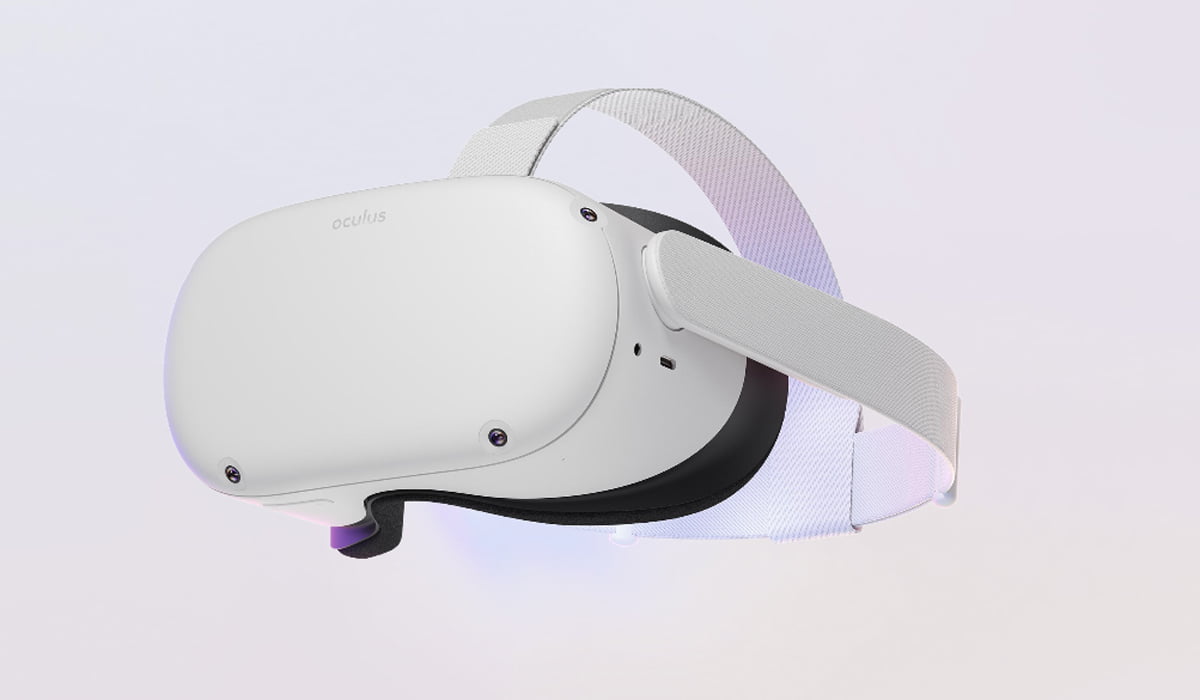Meta Quest 2 gets a performance boost - just like that

Meta engineer Neel Bedekar elaborates on how the higher clock rate affects VR apps (see below).
Update as of December 22, 2022:
Neel Bedekar's team was instrumental in developing this performance boost. In a Twitter thread, Bedekar addresses developers and explains exactly what the higher GPU clock brings and how developers can make the most of it.
Bedekar clarifies that the 7 percent increase in GPU performance is only used if the VR app in question cannot achieve a stable frame rendering rate. In this case, users can expect a slightly improved frame rate.
VR apps that run stably throughout will not use the higher GPU performance. The developers have to put more load on the system first.
Bedekar recommends two ways to do this and use the extra GPU power. Here's how:
- Slightly increase the render scale (eye buffer resolution) to 1.05 or 1.10.
- If there is still power left, then: Increase the complexity of the shaders, for example, with higher-resolution textures.
Bedekar adds that the performance increase will only be activated by default with the next software update (version 49). Until then, users will have to press the Meta Quest 2 power button twice in a row, so Bedekar recommends rolling out the app optimizations after the update is released.
Really important update for Quest devs(and happy to say that my direct team was heavily involved in shipping this 😀).
Here are the quick implications:
1) Simply put, you'll have 7% more GPU perf. It is super important to understand that this 7% perf will likely
(continued) https://t.co/cgDyXuz6Xh— Neel Bedekar (@neelbedekar) December 21, 2022
This confirms that the higher GPU clock limit will be applied system-wide and no developer action is required for Quest VR apps in general to take advantage of it. This is good news for Meta Quest 2 users.
Original article from December 21, 2022:
Meta surprisingly increases the GPU clock of the Meta Quest 2, getting more performance out of the two-year-old VR headset.
The GPU of the Snapdragon XR2 now clocks with 525 instead of 490 MHz, which increases the available GPU computing power by approximately 7%.
"We’re excited about the impact this improvement will bring across our app ecosystem, and early experiments strongly suggest that a 7% increase in GPU clocks will provide a better experience for both you and your app’s community," Meta writes on its developer blog.
The announcement comes as quite a surprise and, to my knowledge, has no precedent since the release of the first Meta Quest in May 2019.
What are the implications of the higher GPU clock speed?
The higher clock rate does not necessarily mean that all VR apps will now automatically run better. The fact that Meta addresses the developers and not the gaming community probably has a reason.
As I understand it, the clock speed increase primarily means that developers can now access 7% more GPU power for their VR apps and optimize them accordingly by adding better graphics effects or enabling higher resolution. Or they do not change anything and the VR app in question gets a larger GPU buffer.
According to Meta, no integration is required on the part of developers. "The dynamic clocking system will automatically increase the frequency as it detects that your app would benefit from it," Meta writes.
It is unclear whether developers have to activate the additional performance for their VR apps first or whether they automatically benefit from it. In the first case, the improvement would not immediately affect VR apps and users. I hope that Meta will clarify this soon.
Performance boost probably comes with update 49
At least for developers, the performance boost will be activated automatically when they launch a VR app in the next Quest update. That much is clear from the article.
Foveated rendering with Meta Quest Pro will also benefit from the increased GPU clock. "The increase in GPU power will also automatically integrate with dynamic foveation if you have enabled it in your app. Upon an increase in compute needs, the GPU will maintain higher visual quality as long as possible by increasing from 490 MHz to 525 MHz first, instead of increasing foveation," Meta writes.
In the blog, the company encourages the developer community to optimize their VR apps for the new GPU clocking and provides documentation.
Note: Links to online stores in articles can be so-called affiliate links. If you buy through this link, MIXED receives a commission from the provider. For you the price does not change.